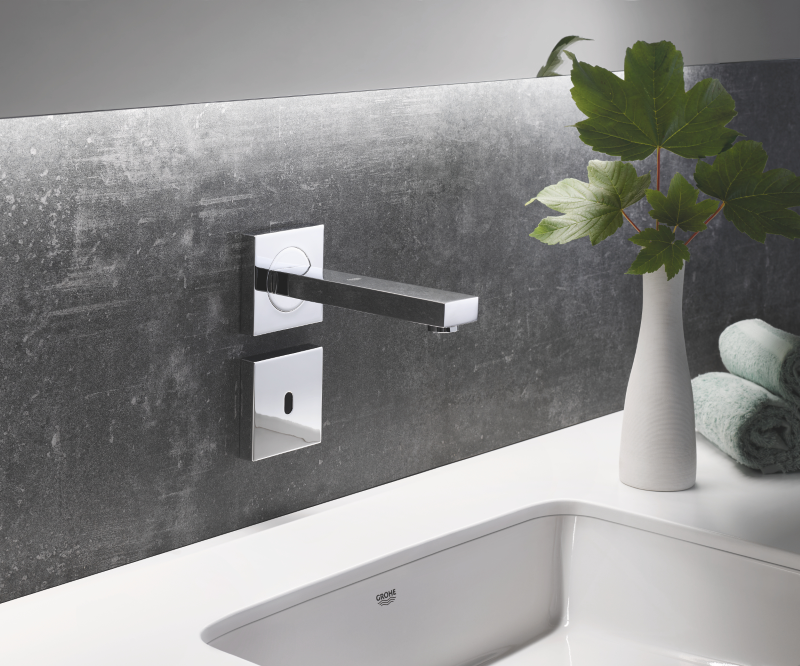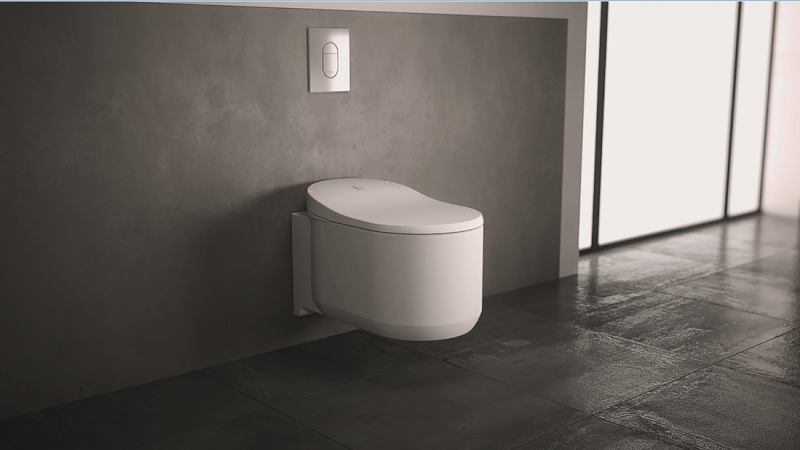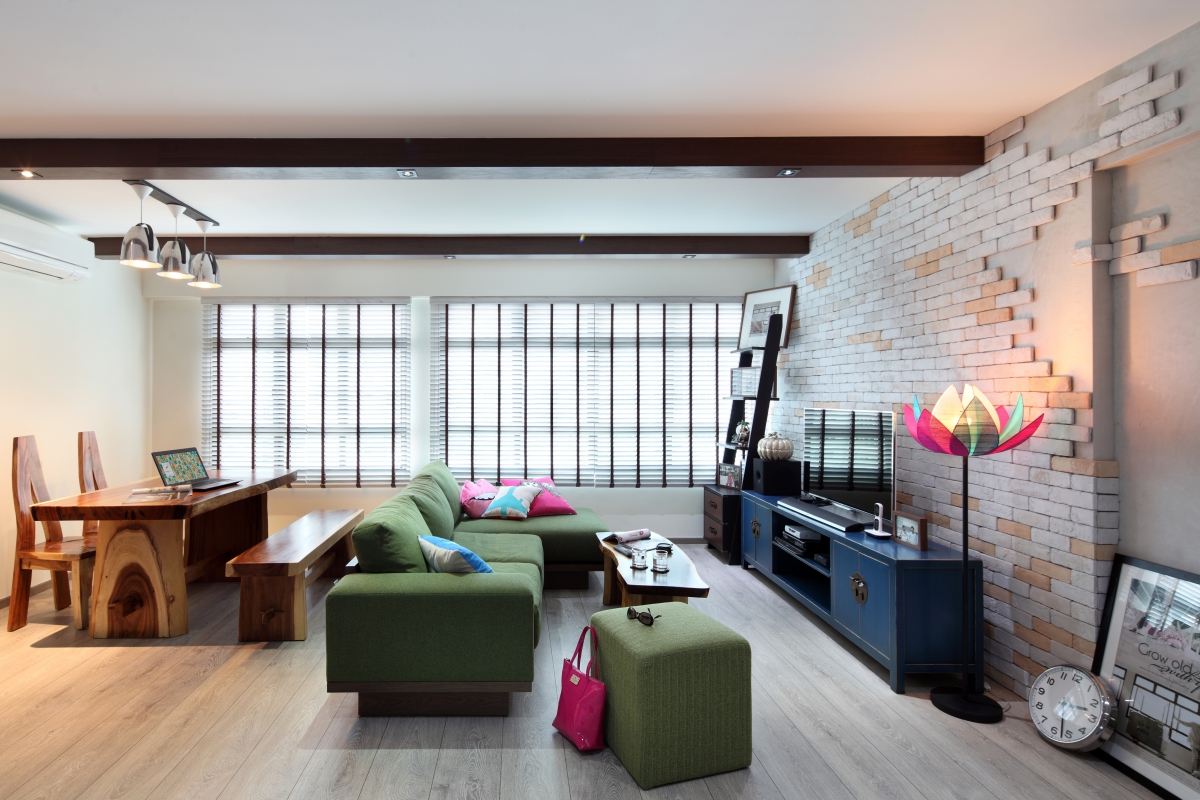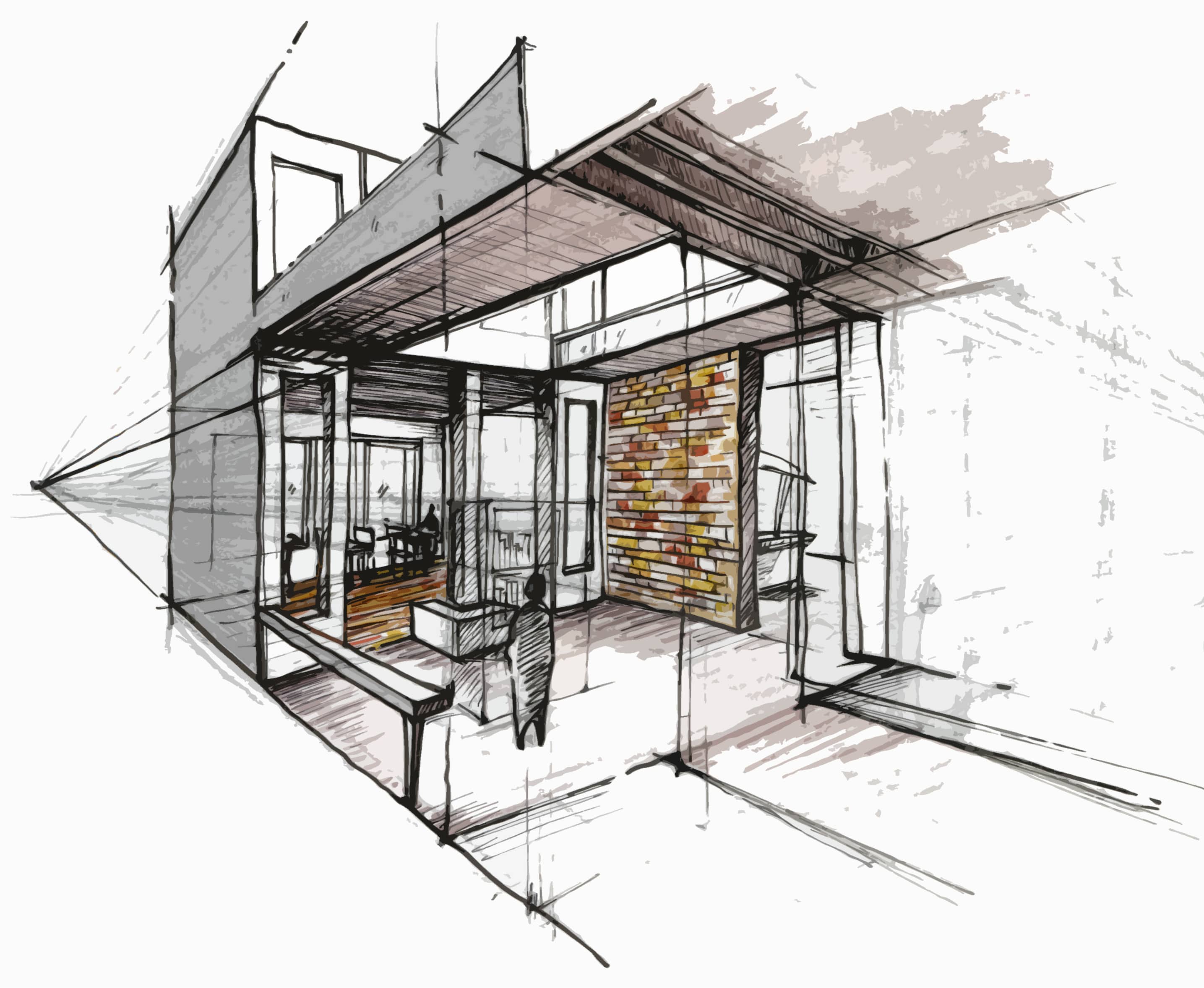5 Trends Set To Reshape Consumers’ Lifestyles in 2021
Interior Design & Decor5 minutes read
2733 views
2733 views
(Guest Writer: Antoine Besseyre des Horts, Leader, LIXIL Global Design, Asia)
COVID-19 has significantly altered the course of the world. As we look back at 2020, the pandemic has shifted and transformed the way we have been communicating, working, shopping, and most noticeably, how we are transforming our living space as we continue to work remotely.
Undoubtedly, consumer behaviour has shifted tremendously: they are now paying more attention to their personal hygiene such as hand-washing, but also looking more closely into the spaces they work and live in or visit frequently with their families. Post-2020, hygiene and well-being will take precedence for people and businesses where daily life and operations have been highly disrupted.

GROHE Eurocube E. Image © LIXIL Global Design Asia
We believe that design and technology will play a key role in addressing these disruptions in life and operations, as well as solving consumer pain points. At LIXIL, our purpose of making better homes a reality for everyone, everywhere, requires a deep understanding of consumers – how they live and what they expect from their living spaces. Based on this deep dive into their insights, here are 5 trends we see are set to shape consumers’ lifestyles:
1. Dedicating A Workspace At Home
This year, most of us have had to re-evaluate and reorganize our living space for work, while demarcating clear ‘rest areas’ for our mental and physical well-being.
Ideally, we would work in a room where we can isolate, focus on work tasks and be physically separated from other living spaces to avoid distractions.
In smaller homes however, spaces which were once designated for certain activities, such as the kitchen, may evolve to accommodate the demands of work as well as social activities. Defining a space that is easy to transform from an office area during the day to a dining or living space at night marks a clear separation between work time and personal time.
Other important aspects to consider are lighting and comfort. Placing work desks near a window for natural light and investing in ergonomic accessories, such as a monitor, keyboard or mouse, can really improve the overall work-from-home (WFH) experience.
2. More Kitchens And Bathrooms Will Adopt Contactless Technology
Today, the importance of hygiene and cleanliness cannot be emphasized enough. With continued lockdowns over the world where people stay home for extended periods of time, bacteria build-up in common areas can create hygiene risks and issues.
Which is why we expect that contactless technology will become more popular in homes – where we can perform daily tasks without having to physically interact with the equipment. Homes will start seeing more sensor-based technologies, such as automatic toilet lids, shower toilets and touchless faucets.
A perfect example is GROHE’s Sensia Arena shower toilet, packed with innovative functions, providing a hands-free experience throughout. In the kitchen, GROHE’s new Touchless FootControl faucets can be turned on and off with a gentle tap of the foot on the base unit, leaving hands free and clean at all times.

GROHE Sensia Arena. Image © LIXIL Global Design Asia
3. An Increased Focus On Bathrooms
Bathrooms are a place for rejuvenation and relaxation, where one can escape to and recuperate from the daily stress of work. Today, this trend is further amplified as the bathroom is typically the only space at home where one can be isolated, especially in smaller homes. Bathrooms will begin to see functions and products that emulate a spa-like experience for improved physical and mental sense of well-being.
Homeowners can craft a unique statement in their bathrooms by going white – a clean, minimalist and timeless look. New textures such as woodgrain and earthy tones are best applied to vanities, fittings and ceramics, adding warmth and softness while balancing with the overall tone of tiles and faucets.
COVID-19 has heightened the need for products that are not only aesthetically-pleasing, but also key to personal hygiene and cleanliness. Our industry-leading brands, such as American Standard, GROHE, INAX, provide a wide range of showering solutions with different types of sprays that offer physiological benefits, advanced temperature controls to provide comfort and safety, as well as intuitive outlet controls for daily convenience and fuss-free experiences.
One such example is American Standard’s award-winning Aqua Ceramic anti-stain technology with anti-bacterial features which prevents dirt and dark ring stains from sticking to ceramic surfaces in the inner toilet bowl.
4. Optimizing Living And Social Spaces
Personal space can be a luxury as more families are expected to spend more time together at home in 2021. Homeowners will look to maximize their living space, and as such, we may start to see more built-ins such as cabinets, shoe racks and wardrobes for space efficiency.
Using simple and minimalist furniture also helps minimize clutter, while allowing personalization through different accessories, materials and finishes. Well-placed full panel mirrors can also help widen the field of view and create the illusion of space.
We may also see more ‘mergers’ of living spaces, such as those between the kitchen and the living room, where homeowners will be more inclined to incorporate an open-concept theme that feels more spacious, while also helping to foster togetherness. To fully optimize the living and social space at home, consider adding a dining table in between the kitchen and living room for closer social interaction.
5. Incorporating Smart Products Into The Home
With WFH practices likely here to stay, homeowners have become more willing to adopt smart devices for convenient, fuss-free experiences. With 5G and the Internet of Things becoming more prevalent, homeowners are increasingly connected to their everyday devices within their homes.
MarketWatch states that the value of the smart home device market is set to grow from $55 billion in 2016 to $174 billion by 2025. As such, we can expect an increasing reliance on home automation and artificial intelligence to get domestic help in creative and innovative ways.
Such technology is behind the GROHE Sense Guard, which tracks water consumption, detects micro leaks, and automatically shuts off water supply in the case of a burst pipe. Designed to detect leaking taps, even in small amounts, this prevents water wastage and a shocking water bill at the end of the month. Through the GROHE Ondus app, homeowners are able to identify potential issues early and keep water consumption optimal.
Another smart innovation is the GROHE Blue water system which provides chilled, filtered and even carbonated water straight from the kitchen tap, with a perfect taste. The preferred type of water is chosen simply by touching a button via a colour LED display with icons, making it easy for every age group to use. Ultimately, this eliminates the excessive need for plastic bottles and reduces ecological footprint, all while giving consumers convenient access to clean and safe drinking water.
Similarly, through the GROHE Ondus app, GROHE Blue Home users may track their personal water consumption, track the status of the water filter and CO2 levels, order replacement items directly through the app and even fill up a glass or pitcher remotely via the app, providing a truly smart home experience.

Image of Mr Antoine Besseyre des Horts © LIXIL Global Design Asia
Request for quotes and we'll match you with a selection of Interior Designers!
Previous
How Visualization Of Interior Designs Affects A Client’s Decision To Implement A Project


 Sign Up with Google
Sign Up with Google

.jpg)

